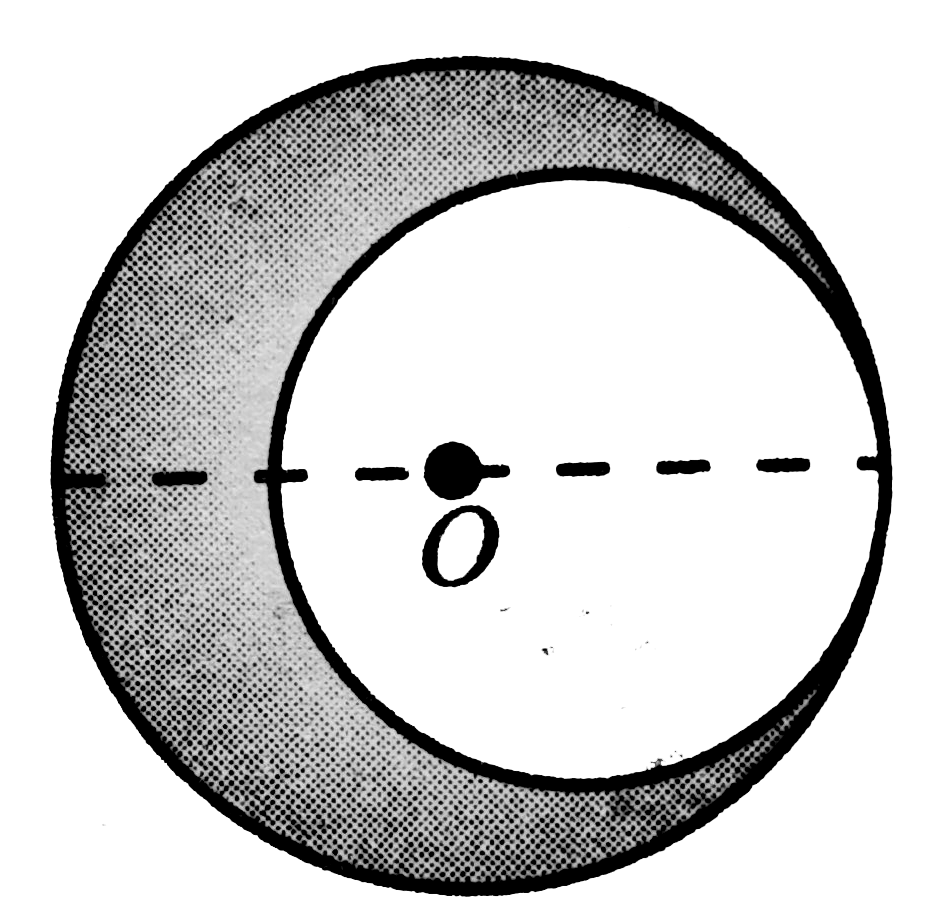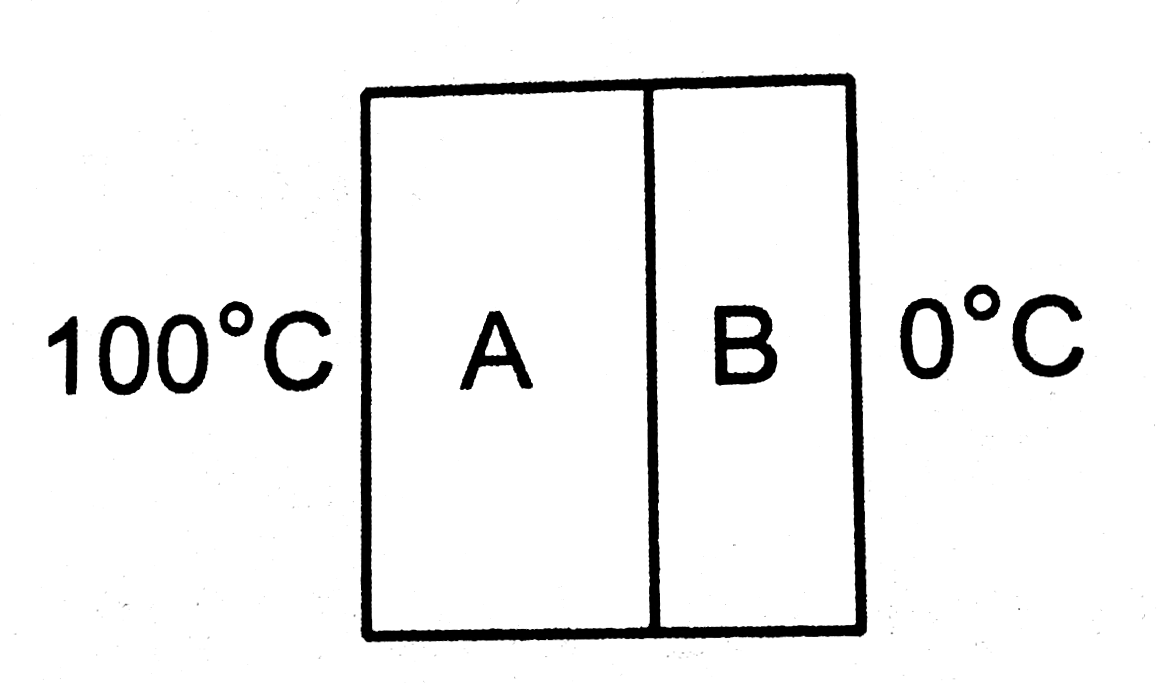A uniform rectangular plate is heated from 0∘ to 100∘C. Initial area of plate is 10cm2. The linear coefficient of the material of the plate is 18×10−6K. What is the shift of the centre of mass ?
Zero
1 cm
2cm
3cm
The correct Answer is:A
Topper's Solved these Questions
- CENTRE OF MASSBOOK - AAKASH SERIESCHAPTER - CENTRE OF MASSEXERCISE - ADDITIONAL PRACTICE EXERCISE (LEVEL - II) LECTURE SHEET (ADVANCED)
9 Videos
- CENTRE OF MASSBOOK - AAKASH SERIESCHAPTER - CENTRE OF MASSEXERCISE - ADDITIONAL PRACTICE EXERCISE (PRACTICE SHEET (ADVANCED))
3 Videos
- CENTRE OF MASSBOOK - AAKASH SERIESCHAPTER - CENTRE OF MASSEXERCISE - PRACTICE SHEET (EXERCISE - III) LEVEL - I
3 Videos
- CALORIMETRY BOOK - AAKASH SERIESCHAPTER - CALORIMETRY EXERCISE - ADDITIONAL PRACTICE EXERCISE (LEVEL - II) (LECTURE SHEET (ADVANCED)(Matrix Type Questions)
1 Videos
- COLLISIONS BOOK - AAKASH SERIESCHAPTER - COLLISIONS EXERCISE - QUESTIONS FOR DESCRIPTIVE ANSWERS
4 Videos
Similar Questions
A rectangular plate of glass initially has the dimensions 0.200 m by 0.300 m . The coefficient of linear expansion for the glass is 9.00×10−6/K . What is the change in the plate's area if it's temperature is increased by 20.0 K ?
View SolutionThe original area of a metal plate is 100cm2 at 20∘C. If β for the metal is 0.000032∘C−1, then what is the area of the plate at 200∘C?
View Solution
Knowledge Check
A copper plate has a length of 0.1 m and a width of 0.12 m at 25∘C . The plate is uniformly heated to 175∘C. If the liner expansion coefficient for copper is 1.7×10−5/∘C what is the change in the area of the plate as a result of the increase in temperature ?
A2.6×10−5m2B6.1×10−5m2C3.2×10−6m2D4.9×10−7m2A circular plate of uniform thickness has a diameter of 28cm. A circular portion of diameter 21cm is removed from the plate as shown. Ois the centre of mass of complete plate. The position of centre of mass of remaining portion will shift towards left from 'O' by
 A5cmB9cmC4.5cmD5.5cm
A5cmB9cmC4.5cmD5.5cm
The length and breadth of a plate are (6±0.1)cmand(4±0.2)cm respectively. The area of the plate is
View SolutionA parallel plate capacitor has capacitance of 1.0F. If the plates are 1.0mm apart, what is the area of the plates?
View SolutionA parallel plate capacitor has capacitance of 1.0F. If the plates are 1.0mm apart, what is the area of the plates?
View SolutionTwo parallel plates A and B are joined together to form a compound plate . The thicknesses of the plate are 4.0cm and 2.5cm respectively and the area of cross section is 100cm2 for each plate. The thermal conductivities are KA=200Wm−1^(@)C^(-1)forthepa<eB.TheoutersurfaceoftheplateAisma∫a∈≠dat100^(@)CandtheoutersurfaceoftheplateAisma∫a∈edat100^(@)C . and the outer surface of the plate B is maintained at 0^(@)C. Find (a) the rate of heat flow through any cross section, (b) the temperature at the interface and (c) the equivalent thermal conductivity of the compound plate.

View SolutionA circular plate of uniform thickness has a diameter of 28cm. A circular portion of diameter 21cm is removed from the plate as shown. Ois the centre of mass of complete plate. The position of centre of mass of remaining portion will shift towards left from 'O' by

View SolutionA circular hole in an aluminium plate is 2.50cm at 0∘C. What is its diameter when it temperature is raised to 100∘C?
(The linear expansivity of aluminium =23×10−6K−1)
View Solution
